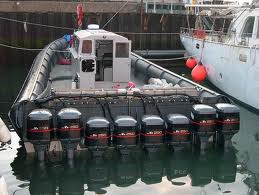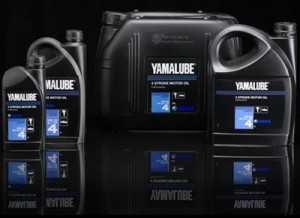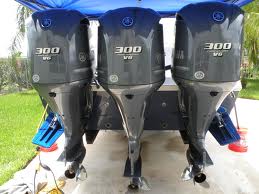Deer Harbor
 Another region of the San Juan Islands I love to explore by boat is Deer Harbor. The harbor is part of an unincorporated community on Orcas Island. Like the other San Juan Island communities I’ve described, the area is a hotbed for kayaking, whale watching, and fishing. The area is also known for its plentiful Dungeness crab, rock crab, and shrimp.
Another region of the San Juan Islands I love to explore by boat is Deer Harbor. The harbor is part of an unincorporated community on Orcas Island. Like the other San Juan Island communities I’ve described, the area is a hotbed for kayaking, whale watching, and fishing. The area is also known for its plentiful Dungeness crab, rock crab, and shrimp.
My wife and I particularly like boating in Moran State Park. The views of Mount Constitution are just tremendous. I would highly recommend breaking out your best outboard motor oil and heading over to Deer Harbor for a weekend of waterfront fun.















